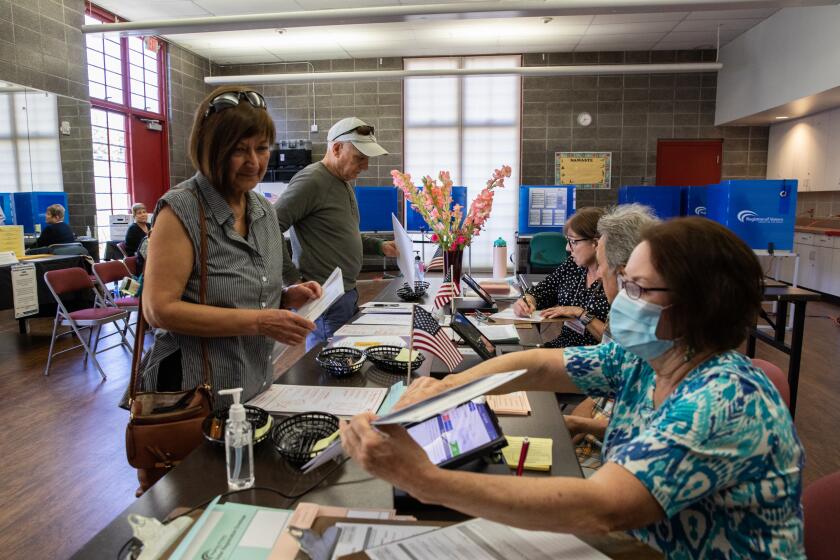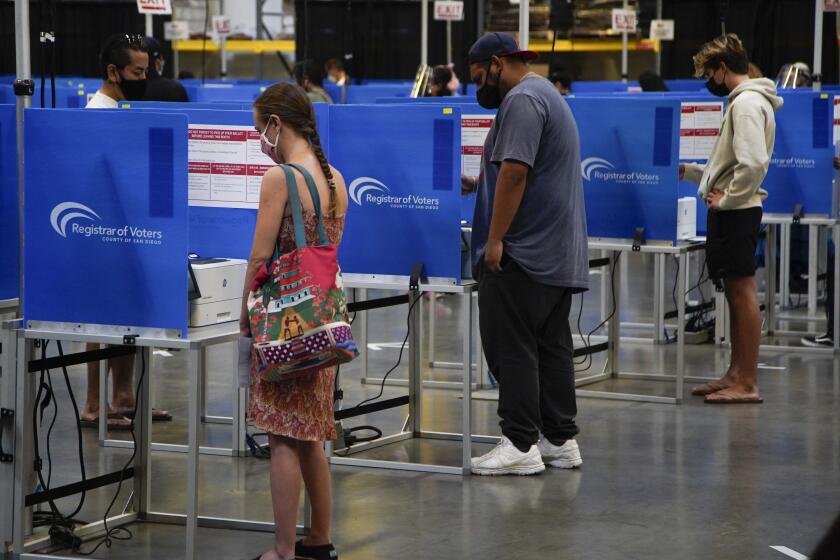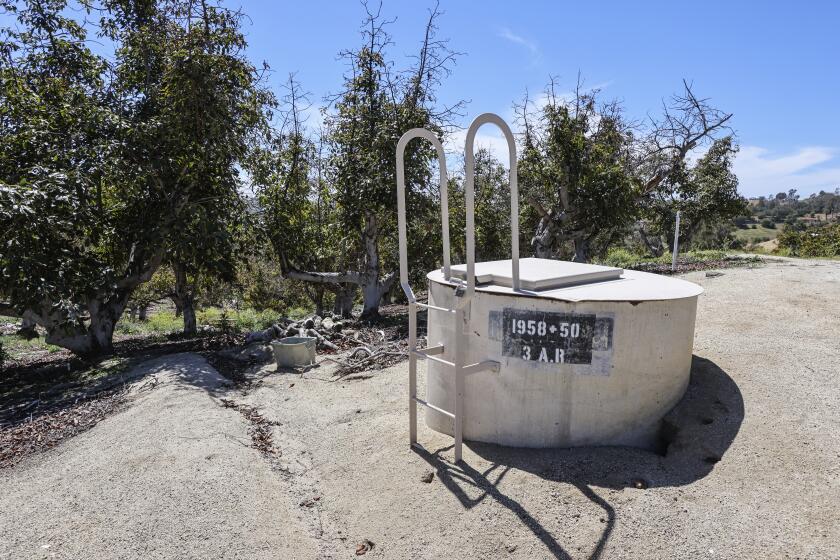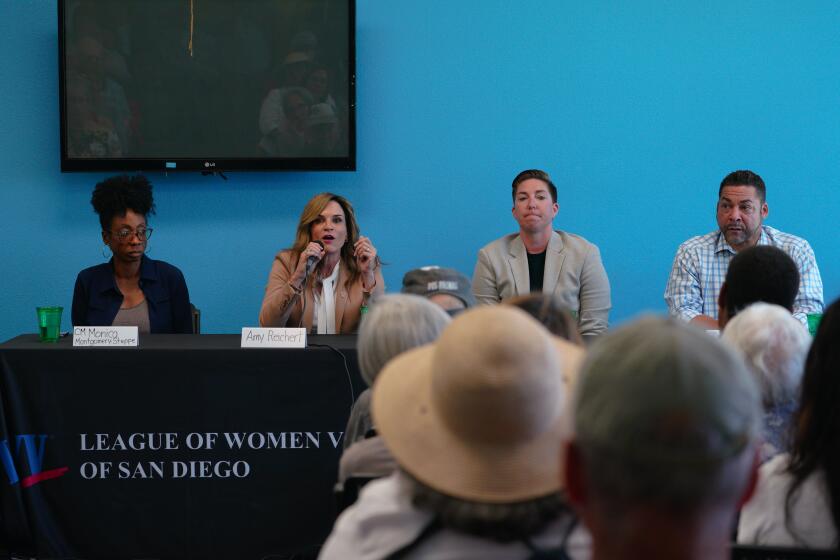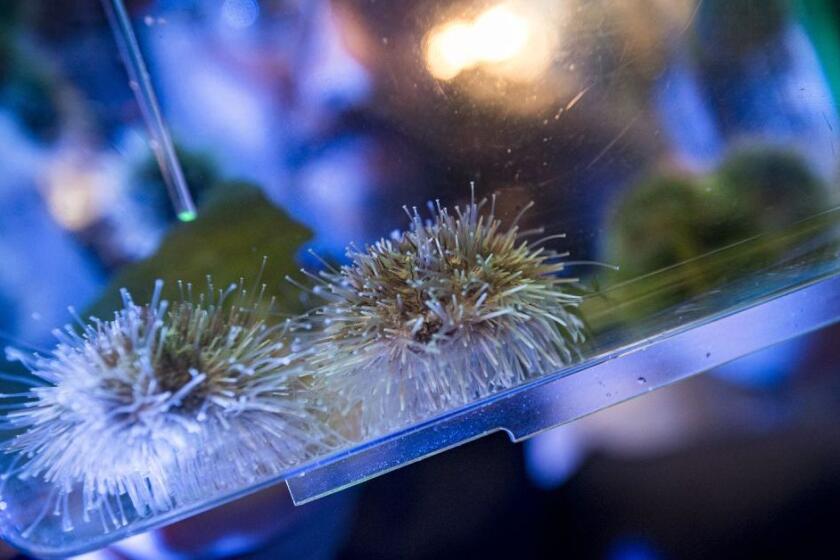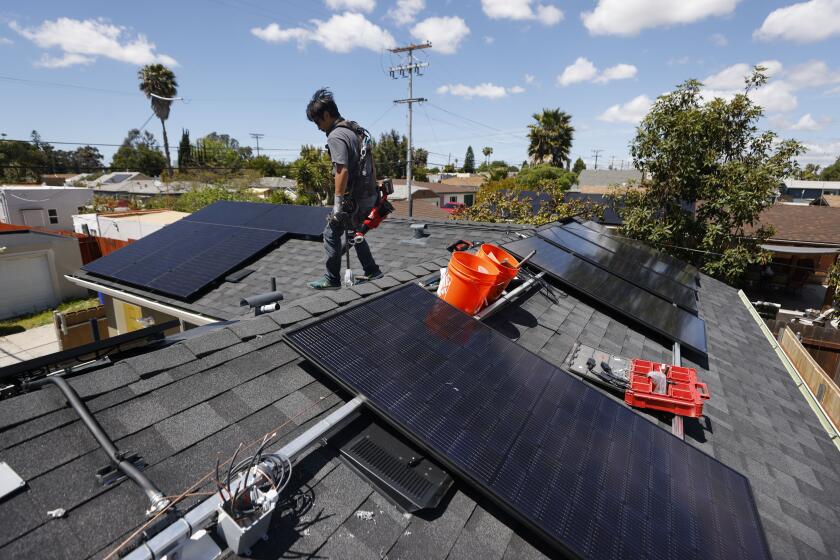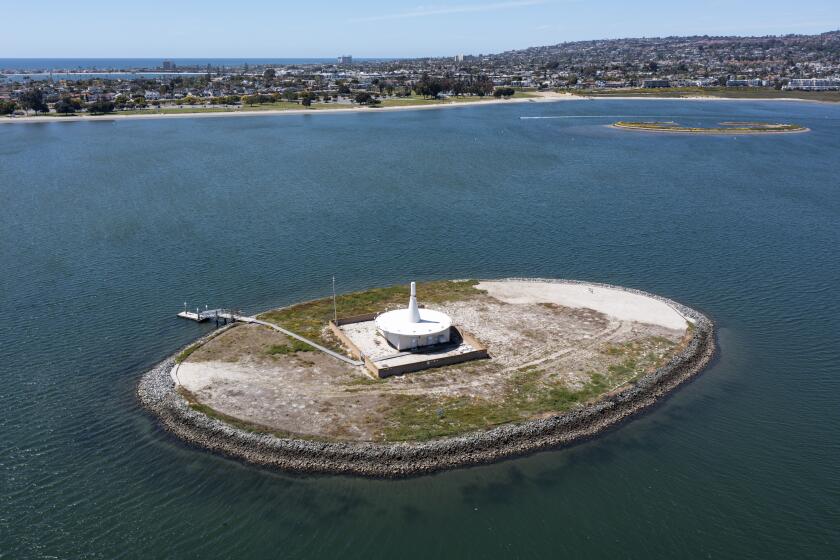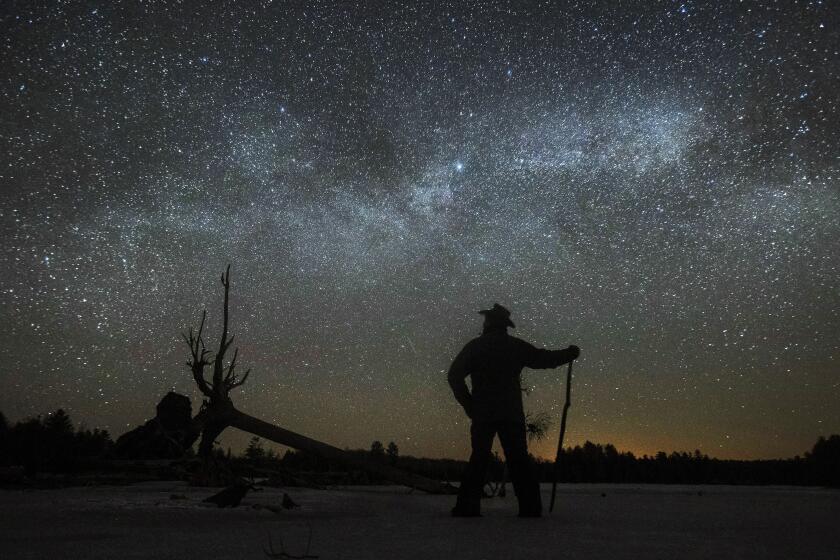What you need to know about new drought rules
The city of San Diego’s vote for mandatory water limits took no one by surprise in light of what is shaping up to be a four-year dry spell.
The vote was an obvious step following the record hot summer, “the reality of alarmingly low water supplies statewide, and 2014 being declared the fourth driest year on record,” since the 1920s, city spokeswoman Robyn Bullard said.
The details of those rules, however, puzzled city residents, who wondered, for instance, what the measure meant for their low-flow irrigation system, or whether an order to shut off ornamental fountains affected their water fixture too.
The new rules mean that the city is telling instead of asking residents to conserve water, starting with their own backyards. The goal is to cut water use by 20 percent.
“These now-mandatory restrictions focus most notably on outdoor irrigation, which is where the biggest water savings can be achieved,” Bullard said.
Here is an explanation of what the new rules mean for everyone from gardeners to golfers, based on information provided by the City of San Diego, the San Diego County Water Authority, and local water district
How do the new San Diego rules affect yard irrigation?
You can still water your lawn and garden under the new schedule, but the city sets a strict three-day per week schedule for outdoor irrigation.
Homes with odd-numbered addresses can water landscaping only on Sundays, Tuesdays and Thursdays. Those with even-numbered address must water on Saturdays, Mondays and Wednesdays. Apartments, condos and businesses can water on Mondays, Wednesdays & Fridays.
The times and hours for watering change seasonally, and forbid watering during the midday hours when evaporation is at its highest. But they allow a few extra minutes of watering during the summer, when thirsty plants need extra moisture.
Between Nov. 1 through May 31, watering is allowed between 4 p.m. and 10 a.m. for a maximum of seven minutes per sprinkler station. From June 1 through Oct. 31, watering is allowed between 6 p.m. and 10 a.m. for up to 10 minutes per station. Potted plants, household vegetables and fruit trees can be watered any day during those same hours.
Landscape irrigation systems using water efficient devices, such as drip/micro-irrigation systems and stream rotor sprinklers are still subject to weekly watering schedules, but can be exempt from the minute restrictions.
Residents should use a hand-held hose with a shut-off nozzle or timed sprinkler system to water landscaped areas, to reduce waste.
What other activities are affected by the rules?
Home car washing is limited to the hours between 4 p.m. and 10 a.m. from November 1 to May 31, and between 6 p.m. and 10 a.m. from June 1 through October 31. You can get your car washed at any time at commercial carwashes, which recirculate water.
Washing sidewalks and driveways is also prohibited. Water from fire hydrants can be used only for firefighting, meter installation by the Water Department or other activities related to health and safety.
How do the rules affect ornamental fountains?
Under “Drought Alert,” any fountains that don’t recirculate water are banned, and even those do must be shut down most of the time to eliminate loss from evaporation. There are exceptions though; recirculating fountains can be operated for maintenance purposes, and other types of water features aren’t restricted.
The city defines water fountains as features that spray a jet or stream of water into the air. Those fountains must be shut down most of the time, but can be operated for short periods to keep pumps and motors running smoothly, or to circulate chlorine to keep the water safe. Those times will vary by fountain, and manufacturer’s instructions should give maintenance guidelines.
Other water features, such as koi ponds or fixtures that don’t spray water, can operate as usual, as long as they recirculate water. Splash pads, such as the one at the county’s Waterfront Park at San Diego Harbor, are also exempt, because the city considers them recreational and not merely ornamental.
City officials couldn’t clarify whether the measure also applied to fountains run on saltwater or recycled water. But the water authority’s guidelines allow fountains that use use recycled water or draw on private wells to continue operation under Level Two restrictions.
What if I live in a different city or water district?
All water districts within the San Diego County Watery Authority have adopted mandatory water-use restrictions, since the State Water Resources Board in July ordered local agencies to adopt strict water-saving measures in light of the ongoing drought.
The board allowed some leeway for local agencies to modify the state restrictions if they have existing conservation rules in place. The county water authority also sets general guidelines for level two restrictions, but individual water districts may adopt variations of those to accommodate local conditions. So the rules vary slightly between water districts in San Diego County.
Customers in districts besides the City of San Diego can find the rules for their community, and pinpoint what water district they belong to at sdcwa.org/drought-restrictions. Customers can access that link and locate water conservation programs for their area at whenindrought.org.
What are cities doing to conserve water and control leaks?
As residents work to fix leaks and jury through three-minute showers, they’re wondering what cities and water districts are doing to hold up their end of the water-saving deal.
Statewide, California’s water systems lose up to 228 billion gallons per year, the Los Angeles Daily News reported this month. So pressure is mounting to plug leaks in the systems.
Throughout the county, the water authority keeps tabs on its distribution system through real-time fiber-optic monitoring and routine inspections for existing and potential leaks. It estimates its water loss at less than half a percent, well below the industry average of 8 to 10 percent.
In San Diego, the public utilities department operates field crews around the clock to respond to burst water mains and fire hydrants, as well as leaks of private property. They aim to respond to leak reports within 30 minutes. If water is seeping from a pipe on private property the homeowner must fix it within 72 hours.
Other cities are also trying new ways to plug leaks promptly. Del Mar is testing a pilot project to use automated meter reading technology to quickly spot leaks in private water lines. La Mesa upgraded irrigation valves and sensors and added smart irrigation controllers to reduce irrigation waste on its medians. The City of Poway introduced new methods of flushing pipelines to reduce the amount of water needed.
How are golf courses affected by water restrictions?
For the City of San Diego, golf courses must comply with the mandatory restrictions of the Drought Alert condition, with the exception of the tee boxes and greens, which use specialized grass that requires more frequent watering.
Both the city and water authority allow recycled water exemptions for golf courses irrigated with recycled water.
What are some of the water-saving technologies that can help with conservation?
Tankless or instant hot water heaters provide continual hot water, eliminating the water wasted while waiting for it to warm up. Those can save up to 50 gallons per person per week. Other devices can be installed to pipe the first flow of cool water back into conventional tanks, instead of down the drain.
Replacing regular showerheads with low-flow showerheads can save up to 230 gallons per week. Upgrading toilets to ultra-low-flush models can save 35 gallons per week.
If you’re replacing an older dishwasher, switch to an Energy Star-approved model to save about five gallon per load. Energy Star clothes washers also use less water and energy than standard models.
Outdoors, switch to micro-irrigation or drip systems, and consider removing areas of unused turf, or installing drought-resistant landscaping. Wash your car at a car wash, and use a pool cover to cut evaporation and save up to 250 gallons per week.
What do level three restrictions entail? Have they ever been invoked?
Level three, or “drought critical” conditions, can be invoked in San Diego if is a water supply shortage.
They’re designed to reduce water use up to 40 percent. Under stage three restrictions, watering would be limited to two days per week, instead of three. During November through May, that would drop to just one day per week. It would ban filling of ornamental lakes and ponds, and ban car washing entirely except at commercial cars washes that recirculate water.
Level four conditions, designed to slash water use by more than 40 percent, would ban all outdoor irrigation except for farms and nurseries, and certain public works projects, parks, and fire safety activities.
The city has never declared these levels of drought, but officials say the current restrictions aim to forestall the need for stricter water measures if the drought continues.
Get Essential San Diego, weekday mornings
Get top headlines from the Union-Tribune in your inbox weekday mornings, including top news, local, sports, business, entertainment and opinion.
You may occasionally receive promotional content from the San Diego Union-Tribune.

